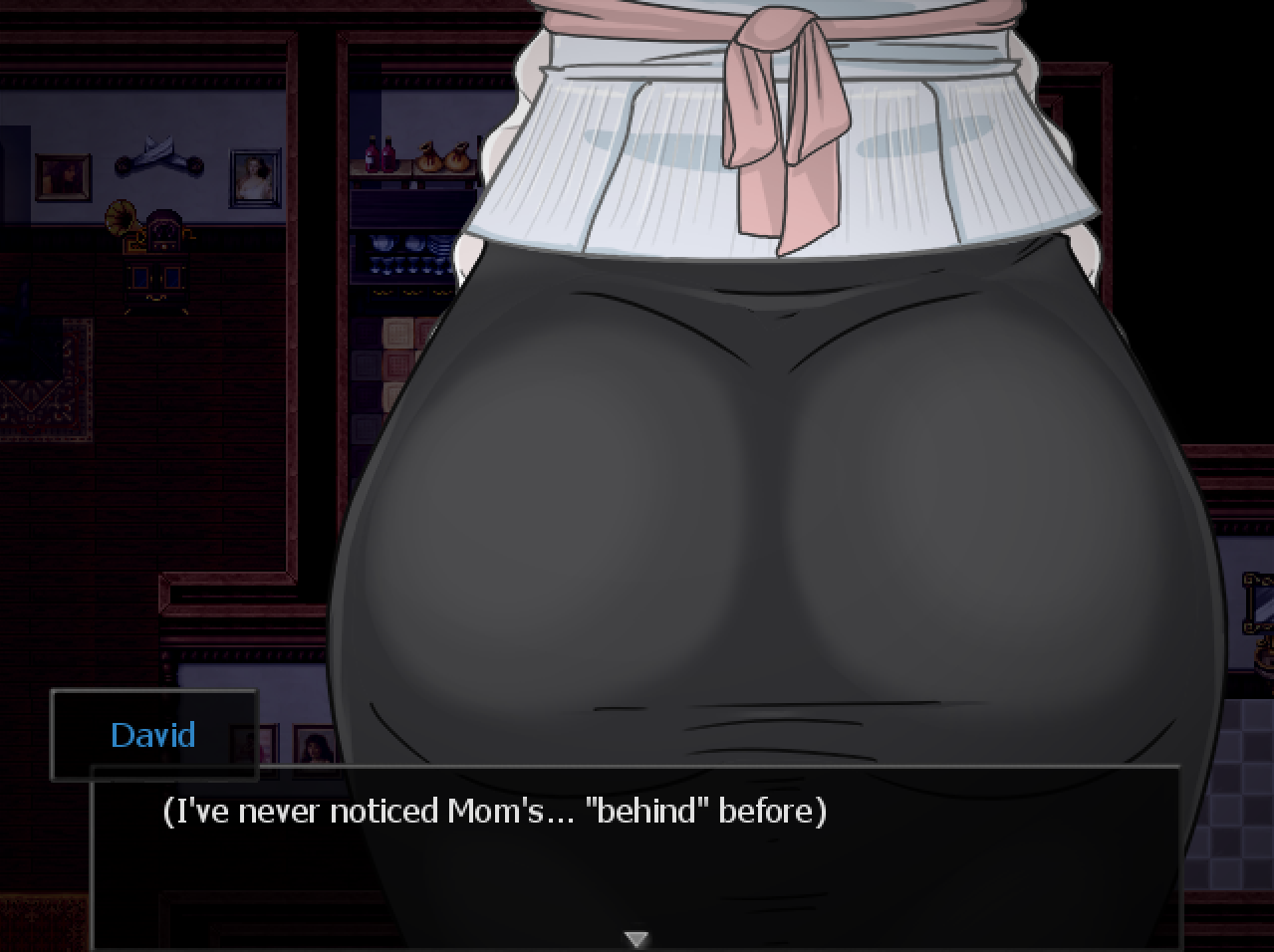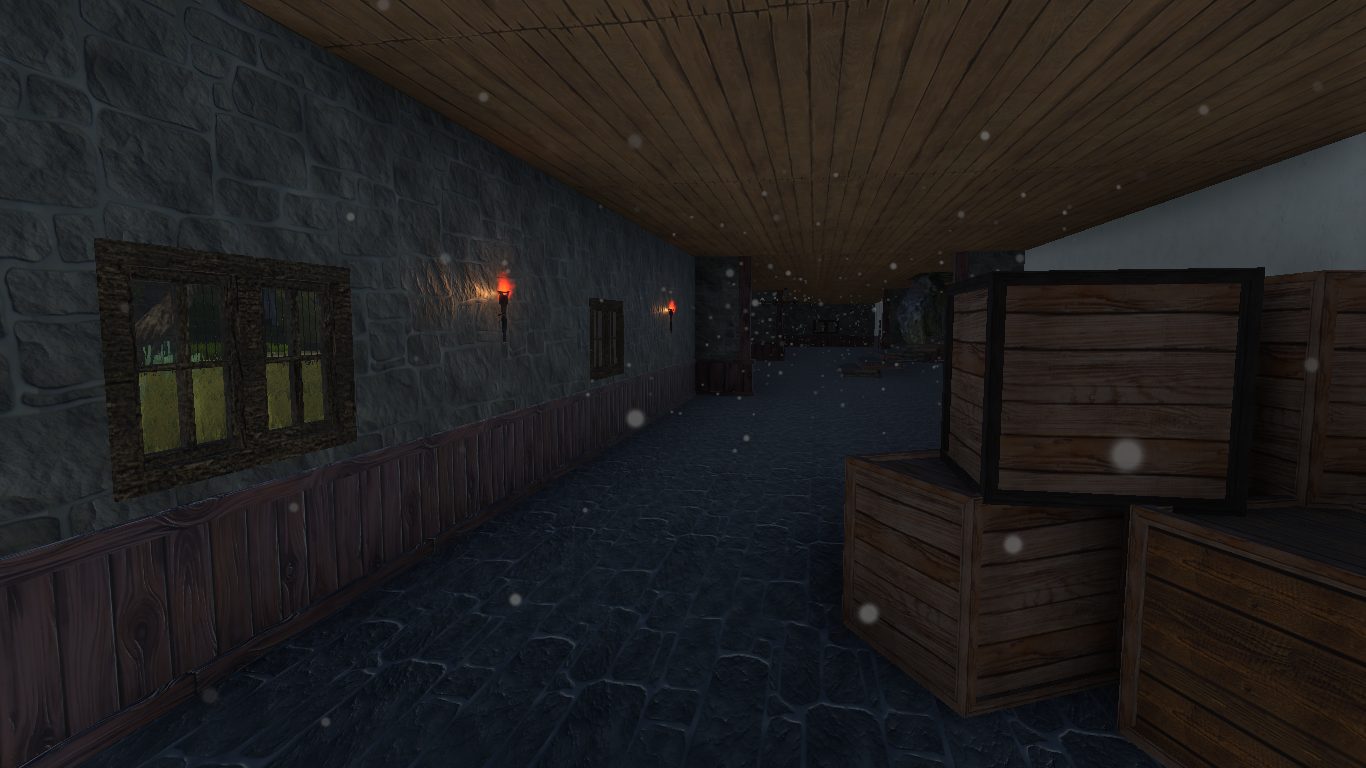

We each feared the other’s style would lead to silence, or, worse, a cease-and-desist letter, which happens. We both wanted the same thing - a response - but held stubbornly to our own strategies. My approach was heartfelt and detailed BB’s was jaunty and brief. We decided to write Frank a joint letter, but my heart sank as our first conflict as siblings unfolded in the tracked comments on our drafts. His name might as well have been “Gene.”įrank was married with two grown sons and a daughter. Our Guy was alive, a retired obstetrician in Nashville. Right away, BB wanted to find our donor, whom we referred to as “Our Guy.” After 10 weeks of genetic sleuthing through a line of second cousins on 23andMe, BB reached our holy grail. Finally, I was no longer alone my new brother was there. I think it’s both, though I had fallen deep into my own chromo-zone. But if you believe the nature theory, they’re the end-all be-all. If you believe the nurture theory, they’re unimportant (as plenty of smart people who love me proclaimed confidently:“It’s just sperm!”). Chromosomes are the tiniest, hugest things in the world. Every day, I climbed it and swung around, exploring, gobsmacked. The double helix diagram is a color-coded spiral ladder with chemical-base rungs. When BB visited and the waitress at lunch asked if we were siblings, my heart fluttered. Now, smitten by my closest known living DNA relative, I didn’t have much bandwidth for romance (and neither did the widower, it turned out). I set a “stardust” sound for his texts, a twinkly nod to the Joni Mitchell song I had on constant repeat: “We are stardust, we are golden … And we’ve got to get ourselves back to the garden.”īefore my dibling appeared, I had been longing for connection, halfheartedly dating a widower I met online. I created a “BB” album on my phone and spent my commutes zooming in on his face. I had never seen my face in anyone else’s.

This was as all-consuming as new love, but this time my main man looked like a photo generated by that app that shows you as the opposite gender. I couldn’t explain why this stranger was worthy of my fierce adoration or attentive gaze, but my DNA seemed encoded with clear instructions: “Stare. After joining the “We Are Donor-Conceived” Facebook group, we learned the term “diblings” - donor siblings. Having grown up a “lonely only” child, I was exhilarated. Nevertheless, my new biological brother (immediately entered as “BB” on my phone) and I were in constant contact, splashing around cluelessly in our new gene pool. As a writer, I disliked large-scale changes. But I would have to revise the final manuscript of my life. My family was still my family, and my loving parents were long gone, making this slightly less complicated. Nothing had changed but everything was different.

I had known plenty of my family’s secrets, but this time the secret was me. The donor had been a resident at Yale New Haven Hospital, where scientists were pioneering intrauterine insemination. But within a few hours, we had both spoken to family members who told us the secret they had promised our parents they would take to the grave: Our fathers had been infertile, and we had been conceived from donor sperm. Indeed, it took us about half a minute to awkwardly theorize: My adored father must have had an affair with this fellow’s mother. I had taken a 23andMe test the year before.ĭialing his number, I knew we wouldn’t start with small talk. We had been born a year apart five decades earlier. We even had the same tiny dimple on our nose tips. Can you please call me?”Īs I stared at his profile photo, I saw that we looked like twins. One Friday morning in 2019, I awoke in Brooklyn to an email from a guy in Florida that read: “23andMe says you’re my half sister.


 0 kommentar(er)
0 kommentar(er)
